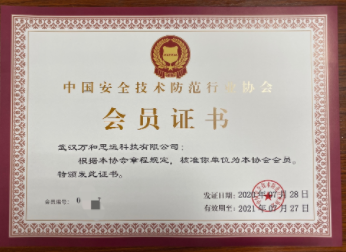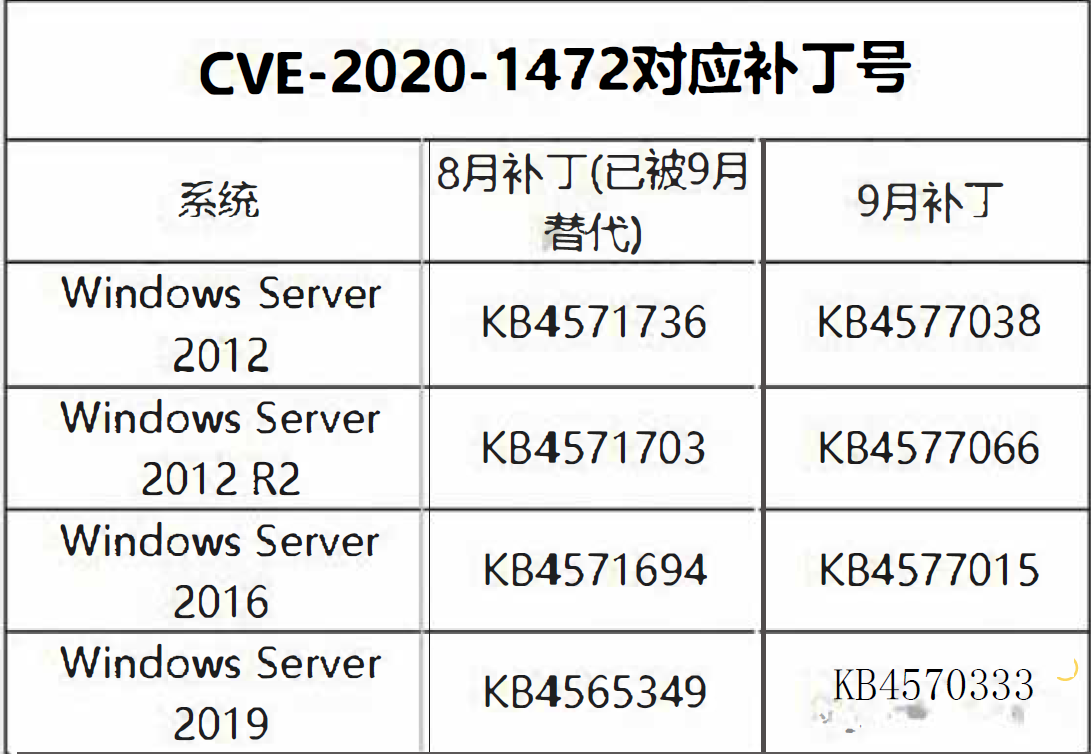The application of smart phone in the entrance guard system
更新时间:2018-01-02 09:43:05•点击:169413 • Structure Cabling
In the past, we used the access control card to authenticate, but in today's mobile world, the application of identity information embedded in various portable devices has been successfully realized. Virtual voucher card technology makes industry transformation, identity authentication is no longer confined to the traditional access control card, but expanded to many different forms, we can allow the use of mobile devices, such as smart mobile phone, USB encryption lock, memory stick, open the door, shopping and security card based on SmartMX microprocessor to other transactions.
HID Global is currently working with mobile phone manufacturers and Near Field Communications (NFC) semiconductor suppliers, directly embedding new generation access control technology into mobile phones, and using virtual credential card to open the door. Not long ago, HID Global announced the cooperation with BlackBerry maker Research in Motion, in the support of NFC BlackBerry (BlackBerry) smart phone, the configuration of iCLASS, virtual credential card and mobile security identification technology. The new technology allows users to authenticate with the BlackBerry handset to exchange information with a new generation of iCLASS SE? Card readers. In addition, the smart phone embedded in the virtual voucher card can not only open the door as a key, but also can be used for mobile payment and all kinds of applications.
The Arizona State University has implemented the pilot project for the first time in the use of mobile access technology in NFC - supported mobile phones. In August 2011, HID Global deployed iCLASS SE reader in several dormitory gates of the University, and installed Sargent Profile series electromechanical door locks provided by ASSA ABLOY company to support HID technology on the selected dormitory room door. The students and employees involved in the experiment use a smart cell phone embedded in the HID iCLASS? SE virtual voucher card into the dorm.
The built-in NFC technology allows mobile phones and door locks to exchange access control data. Participants only need to register the phone to the card reader in front of the door, so that they can open the door lock and use the same way as the previous iCLASS access control card. The technology also supports air configuration and digital key management, thus simplifying the management of access control systems.
Breakthrough traditional smart card mode
With the progress of technology, access cards can be used more complex applications. Like today's 13.56 MHz non - contact smart card, not only can bind the cardholder, but also carry on double identity authentication security with the reader. In addition, the secure storage capabilities of a contactless smart card enable it to support a variety of applications, such as biometrics, small electronic payment, and secure PC desktop login. Until now, we still need this kind of card to identify the access control rules between the card reader and the central controller, and to identify the safety identities, so as to decide whether to open the door.
As we enter a new era of mobile enhancement, more advanced applications and increasing security threats, the industry is also moving towards a new generation of portable identity authentication access control architecture. The new generation of access control technology, such as iCLASS SE, enables credential cards to be embedded in fixed and mobile devices safely, and not only improves security, but also enables access control technology to be applied to virtual credential cards.
The first step to support portable authentication is to set up a reliable authentication framework to verify all the terminal devices in the network, such as credential cards, printers, card readers and NFC mobile phones, so that the data between terminals can be transmitted safely. HID Global's Trusted Identity Platform (abbreviated as TIP) is one of the frameworks that support secure data transmission. TIP has built an extensible framework and delivery infrastructure, which can provide 3 important functions: the secure passageway between hardware and software, the best key management and security setup process, and seamless integration with IT infrastructure.
A trusted framework must be: a secure, open and independent Secure Identity Object (SIO) data structure is adopted on the side of the credential card; on the side of the card reader, the corresponding SIO decoder is adopted. SIO is a standard - based, device - independent data object that can be stored on any number of authentication devices. The functions of the SIO and SIO decoders are similar to those of traditional cards and card readers, but the data structure used is more secure and flexible.
SIO has 3 advantages: portability, security, and extensibility. First of all, because SIO is portable, so it can be placed in the traditional certificate non-contact card, and other cards can be placed in the memory card, SmartMX technology based on microprocessor card, support NFC function, USB intelligent mobile phone encryption lock, computer hard disk and many other forms of interface. This makes it easy and unrestricted to transplant data objects in one device to another device, thus achieving interoperability.
Secondly, SIO, a device independent device, adds a layer of security to the data besides protecting the device security. It adds a protection layer to the data. This protection can provide additional multiple key, authentication and encryption functions to prevent the security damage from being destroyed. In addition, using the unique features of the device, the data objects are bound to a particular device to prevent the cards from being copied.
Third, SIO is defined by the open standard, including the ASN.1 standard, which is formulated by ISO/IEC and ITU-T. It is a data definition that allows the definition of data objects to expand indefinitely. This infinitely extensible definition can support any data segment, including data for access control, biometrics, micro electronic payment, attendance and many other applications. Unlike today's many other fixed field structures used in access control card and card reader system, the field structure adopted by SIO and related decoders allows security functions to increase, while traditional architectures will lag behind, stagnate and be limited by fixed definitions. In addition, as mentioned earlier, because of this flexible SIO data definition, customers can use security measures flexibly.
Future applications
The market is becoming more and more. High-end smart phone has NFC technology. With the increase of electronic payment and the decrease of NFC mobile phone price, NFC smart phone will become more popular. According to the statistics of IHS iSuppli market research company, there are about 93 million NFC mobile phones delivered in the world in 2011, and will surge to 500 million by 2015, that is, 30% of the world's mobile phones have NFC function.
The future of NFC smartphones will bring more applications based on virtual vouchers. Although today's airlines adopt the technology of convenient two-dimensional barcode (QR code), passengers have shown that they are interested in using smartphones as boarding passes. This further confirms that using today's mobile phones to complete a variety of transactions is becoming more and more popular.
At present, many Japanese fast food restaurants, subway stations, taxis and vending machines have installed the NFC payment system. College students can not only enter the building with NFC smart phones, but also pay for parking fees, shopping, campus buses, lending library materials, and checking their identity when taking exams and logging in to computers. In the future, it is also expected to make use of NFC smartphones for electronic payment in electric vehicle charging stations. The driver will drive the car to the charging table, use the NFC phone to use the charging service and pay the service fee, or allow the medical institutions to check the patient's health record through smart phone. When a patient visits a hospital, he can produce information through his own cell phone without filling in the form, which can provide information for medical staff based on the data stored in the virtual credential card.
The portable authentication certificate card will facilitate the user to obtain, provide, share and modify the personal electronic keys stored in the electronic wallet. Users are more likely to secure the safety of the places and items by the access control information and the record keeping and support of the NFC mobile phone, not in the door lock. The system can cancel the remote virtual certificate stored in the smart card in the mobile phone, and re distributing vouchers, and the change of personnel and time can use the virtual card vouchers. The virtual voucher card technology will create a more convenient and secure trading platform for opening, shopping and other transactions.





